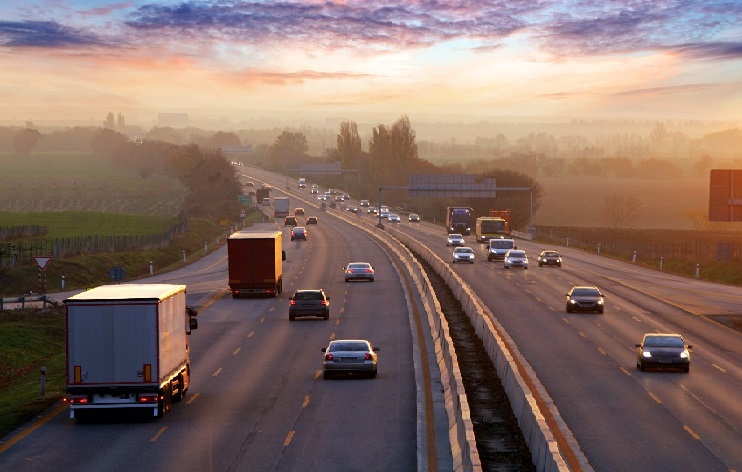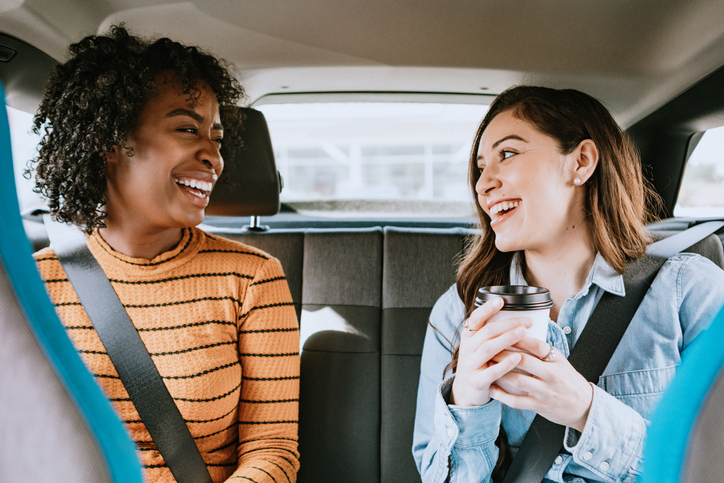As the price of gas rises many drivers are looking into ways of reducing fuel consumption. Whether you are driving your own car or a rented one there are a few tricks that can help. A lot of it is common sense.
-
Advance Knowledge
This is a simple way of saving fuel. Check out where you are going and the best possible route before you get into your car. Google is your friend. When you have found the best route also check the parking situation where you are going. So many drivers reach their destination then go round in circles trying to find a parking space. It is annoying and stressful and uses extra gas. It could be avoided with a little forethought.
-
Choose the right make of car
Some vehicles are just more economical than others. Check the facts before you purchase or rent. In general, smaller cars save on fuel. If you are renting discuss which model to choose with the rental company. They will know all the facts.
-
Reduce time on the road
Try to take short trips on foot or by bicycle. Carpool and share with friends or work colleagues. Every few miles makes a difference. Get some of your shopping delivered. Many supermarkets will do this free for a large shop. Ideal for non-perishable foods like tins and dry goods.
-
Maintenance

If you are renting a car, it will have had regular checks, so this is no problem. If it is your own vehicle maintenance is essential. Keeping oil at the right level and getting filters changed will help everything run smoothly and keep your fuel costs down. If the wheels are not perfectly aligned and the tyres properly inflated this can affect fuel consumption. You can do a quick visual check on the tyres yourself but a yearly check on alignment will save you money in the long run. Take your car to a dealership or a mechanic you trust for a regular tune-up.
-
Type of Fuel

Check the owner’s manual carefully and find out which fuel types are possible for your car. Some grades of gas are cheaper than others and can be used without damage. Research the gas stations on your route. A penny or two on the gallon might not sound like much but will make quite a difference when you fill up the tank.
-
Keep the Tank Half Full
Aim to keep the tank half full so you have more choice about when and where to stop for gas. This is an especially good idea when the roads are congested due to holiday travel. It is also a good idea in winter. Check the news for storm warnings or reports of petrol shortages. All these things can make life difficult unless you plan ahead.
-
Streamlining
Luggage or bicycles or kayaks on a roof rack are bad news. They create drag. Even an empty rack can be a problem. If your rack is removable put it away when you are not using it. The aerodynamics vary greatly according to the type of car. A boxy shaped car will have less of a problem with an empty rack than a sleeker model. Racks that stick out at the sides create more drag. Trailers are a problem too. Avoid towing trailers or boats where possible. Better to carry things inside whenever you can. Even then, try to avoid too heavy a load in the boot. The more weight you are carrying the more fuel you use.
-
Manual Transmission

Choose a car with manual transmission if possible. The stick shift will give you a little bit more control on the way you drive and fuel efficiency. You can upshift a bit earlier or downshift when you need more power. Manual transmission is cheaper to fix when anything goes wrong. With manual transmission cars you always get more miles to the gallon.
-
Change the Way you Drive
Always keep within the speed limit. This can make a difference of an extra few miles per gallon. Avoid rapid accelerations. You use more fuel if you accelerate hard. Sudden braking and awkward cornering are other issues. Any unnecessary braking means that it takes you more time to get back to an even cruising speed. Slowing down gradually when you see a red light ahead will mean you can use the brakes less often. Drive evenly. It will save you a lot of money.
-
Stop Idling
If you are going to be stationary for more than 15 seconds you should turn the engine off. Leaving the engine idling while you wait for a friend uses lots of gas. An hour of idling uses a gallon even though you are going nowhere! Of course, your battery must be in good condition though if you try this at a traffic light.
-
Skip the AC
Avoid using air-conditioning as much as you can. In mild weather you won’t need it and can get by with opening a window. If it is hot, you will need to be cool to stay alert while driving. But you can run the AC on recirculate which uses less gas. When you enter the car on a really hot day leave the door open for a few minutes before you drive off. That will make a big difference to your comfort.
More from Europcar
-

Drive In The UK: Traffic Laws You Need To Know
-

5 tips to drive greener and feel better
It’s quite easy to reduce your carbon footprint when you are behind the wheel. It will help you feel better and your wallet will thank you too.
-

Everything you need to know about driving in Italy
-

Everything you need to know about driving in Portugal

